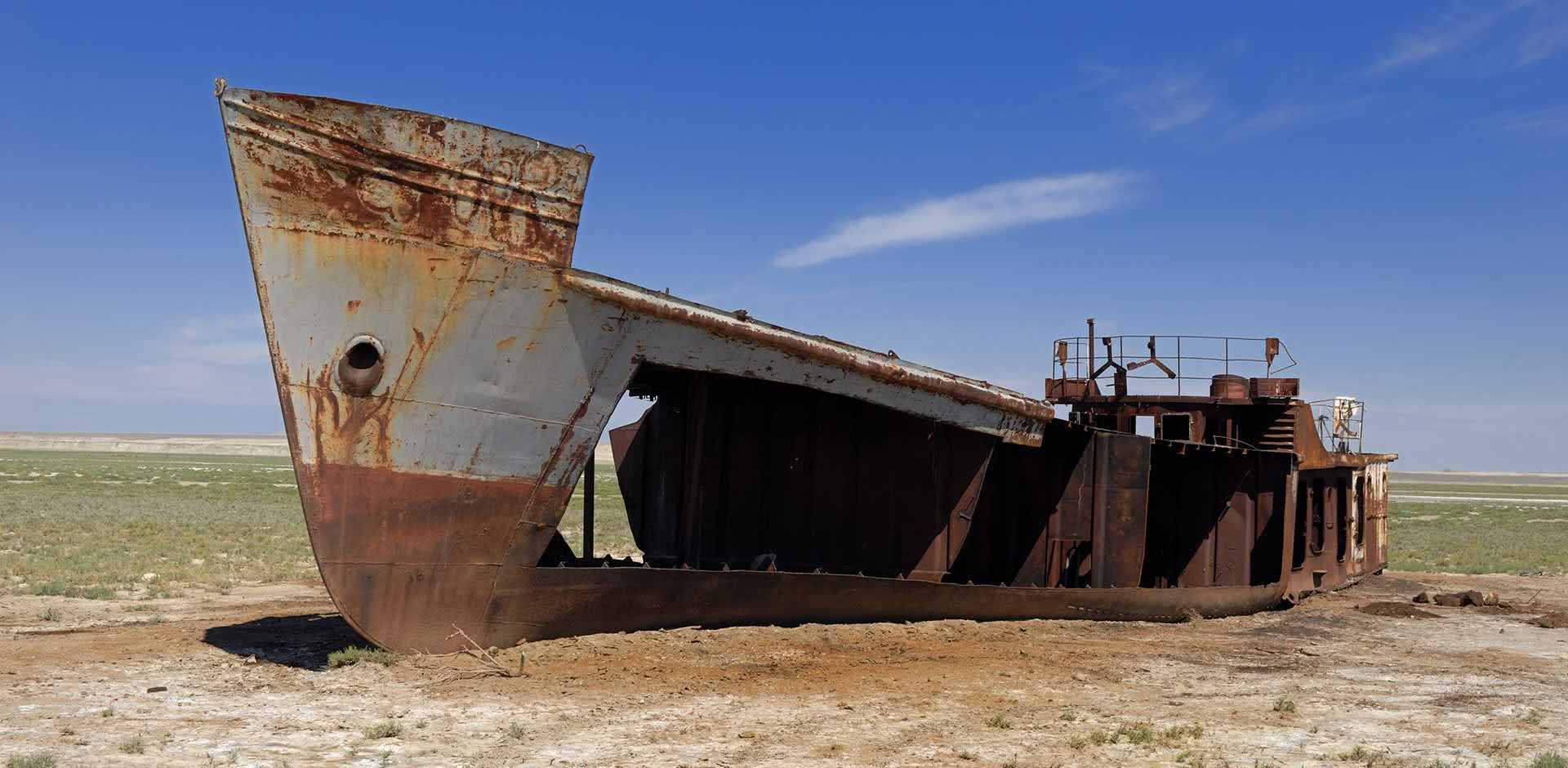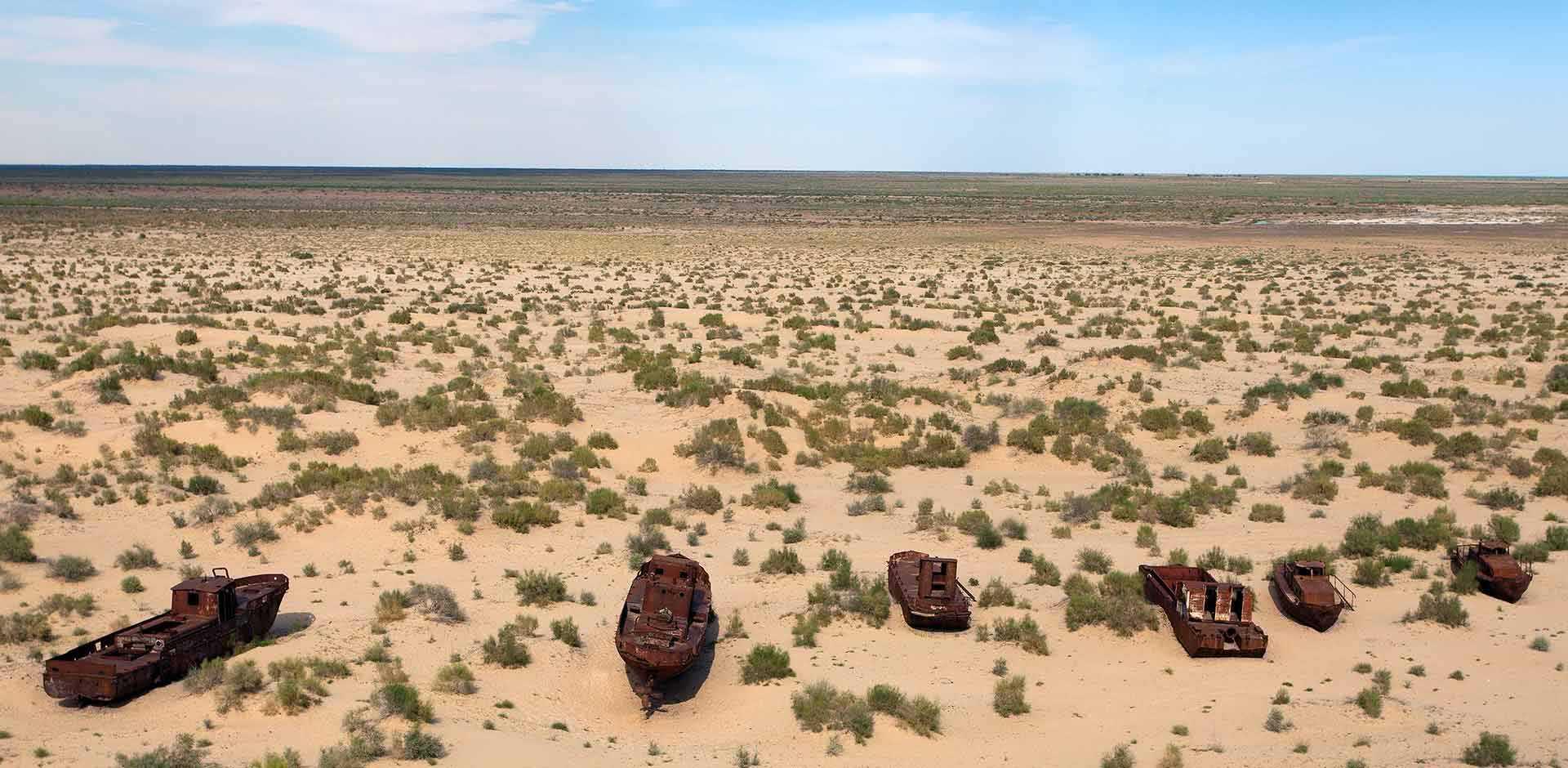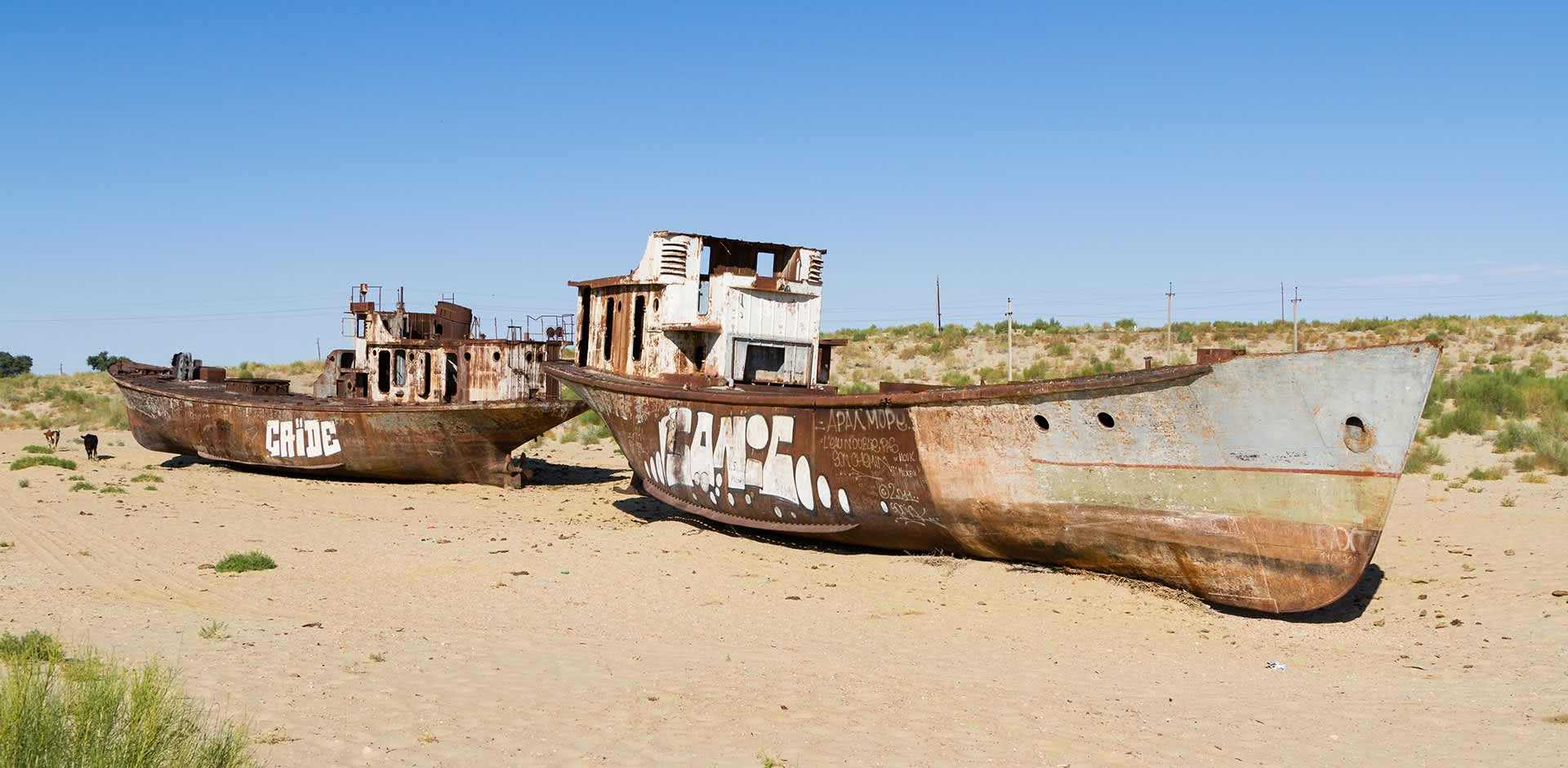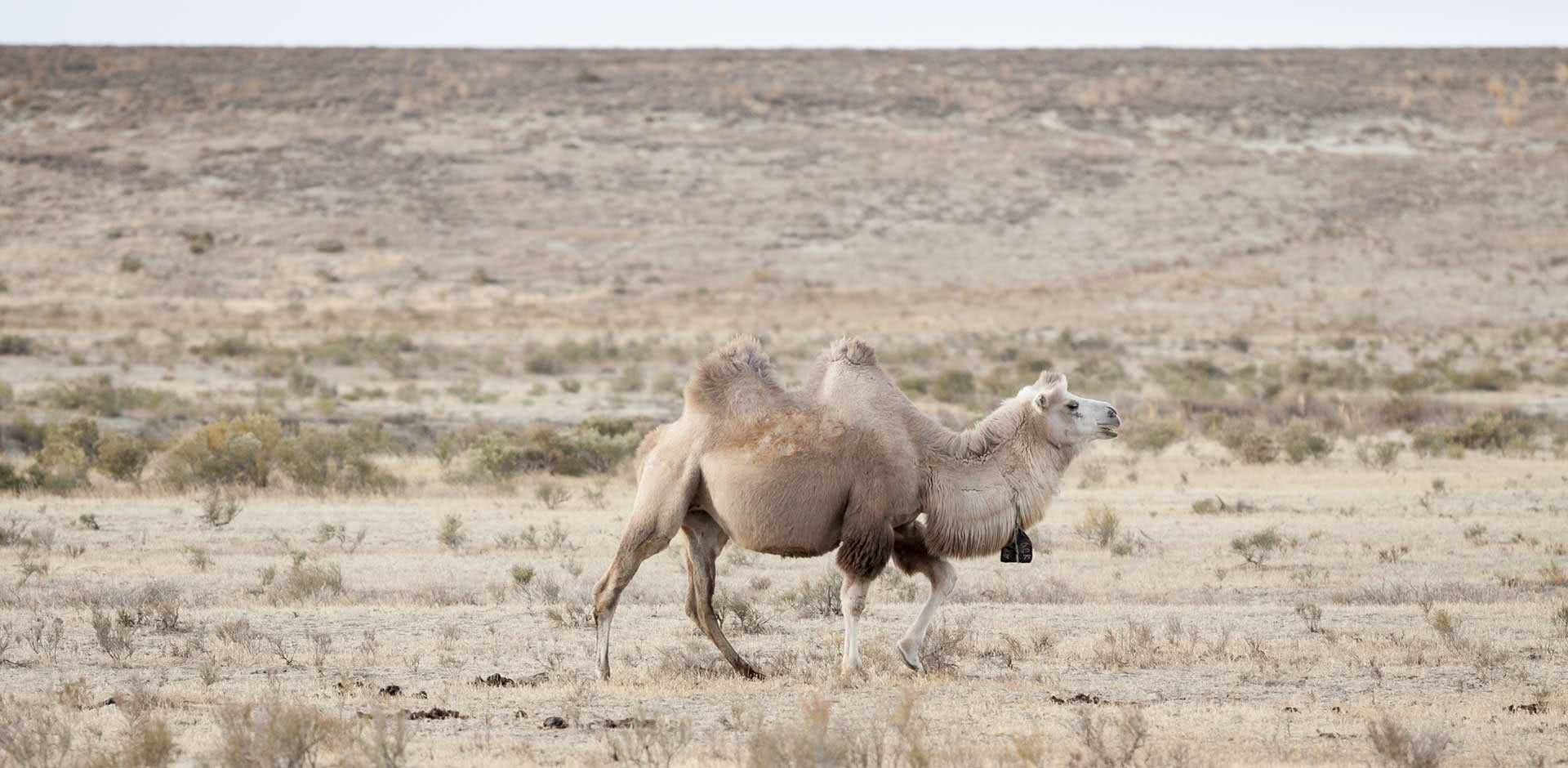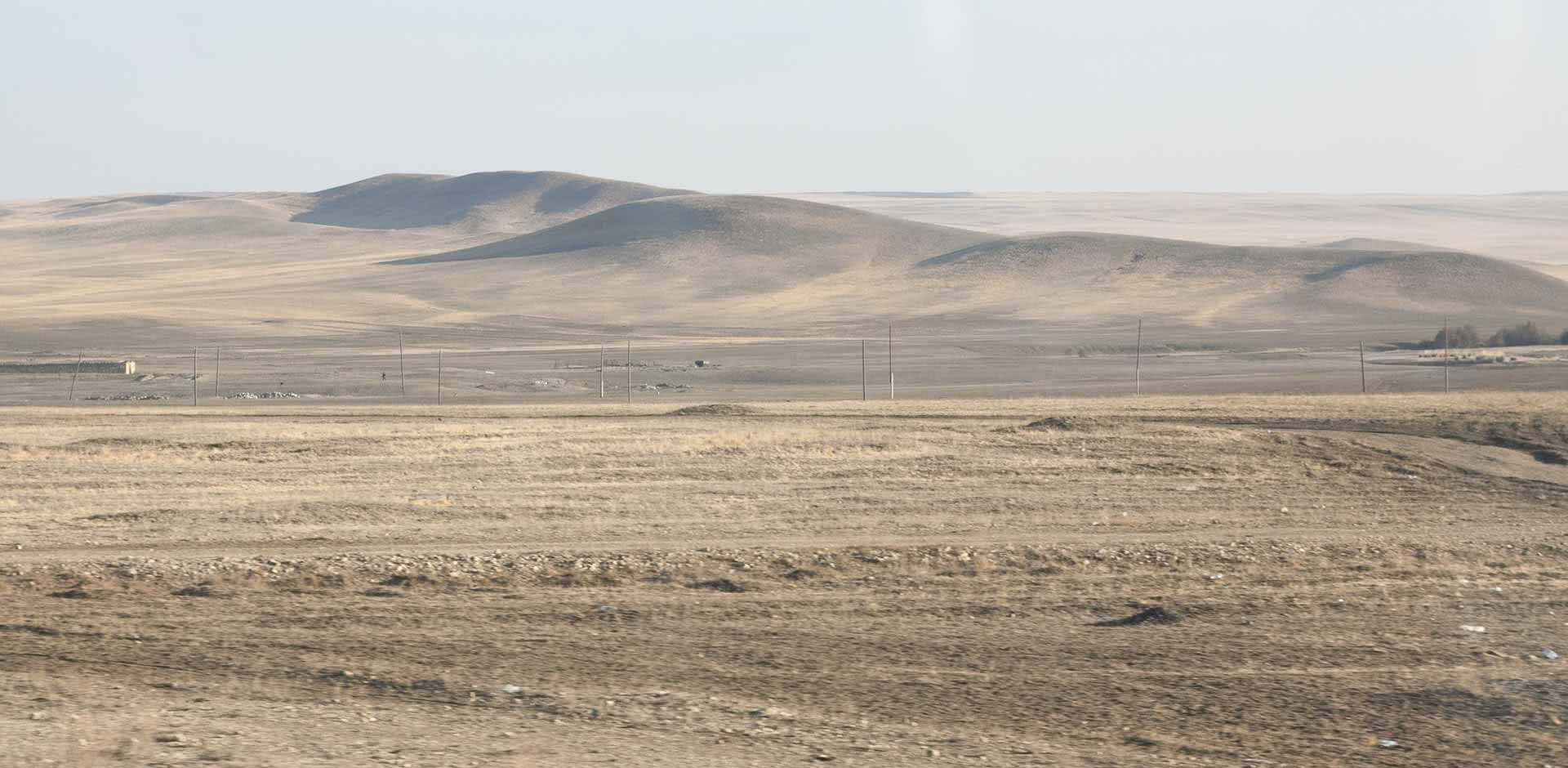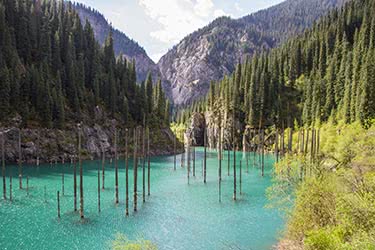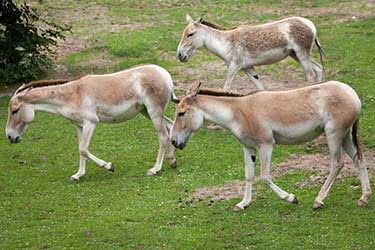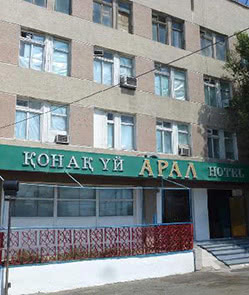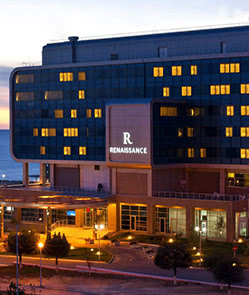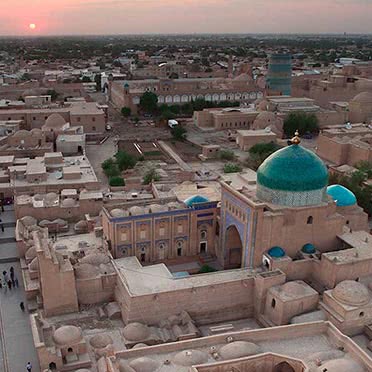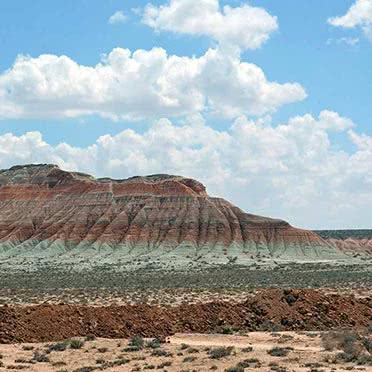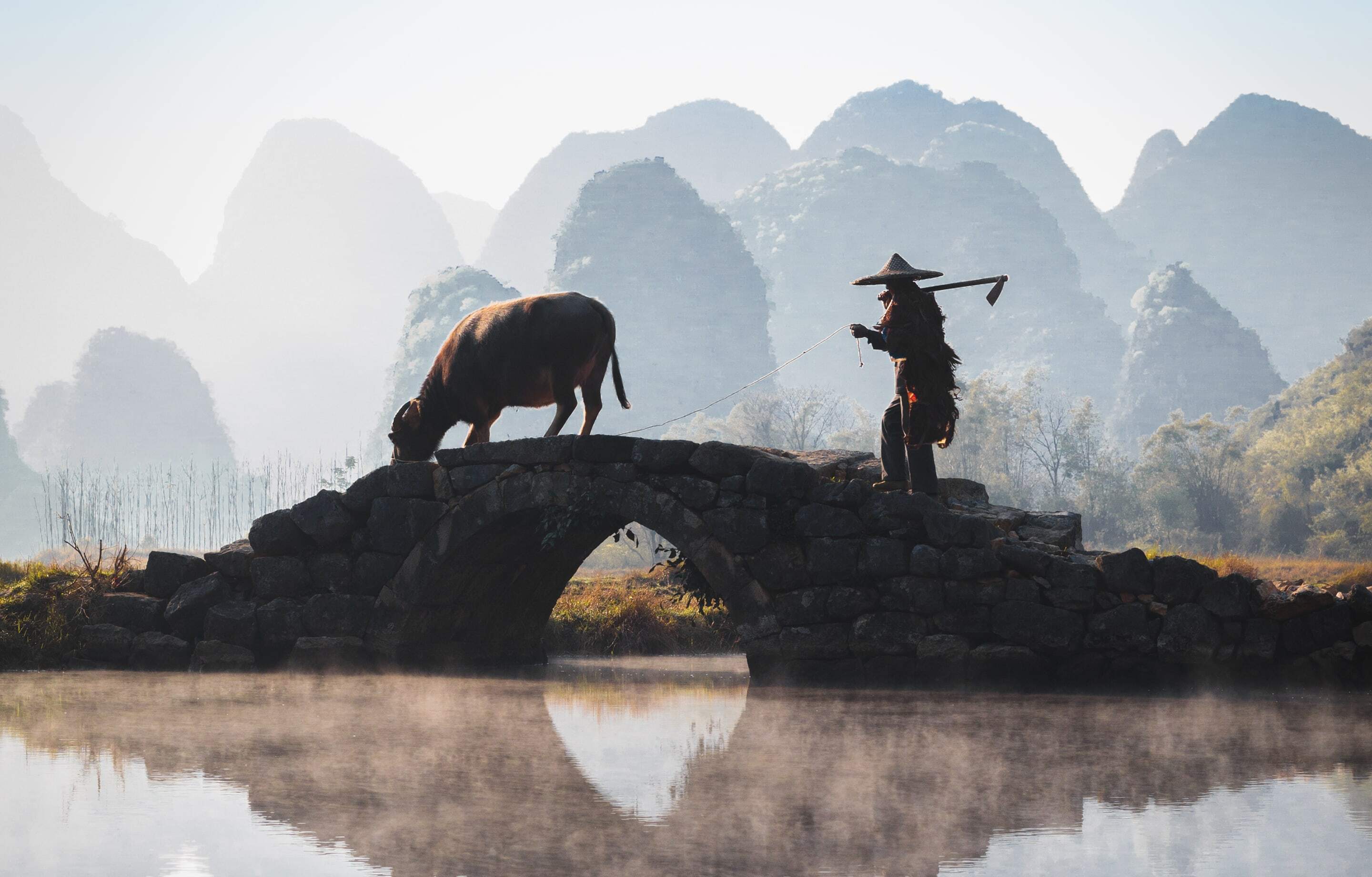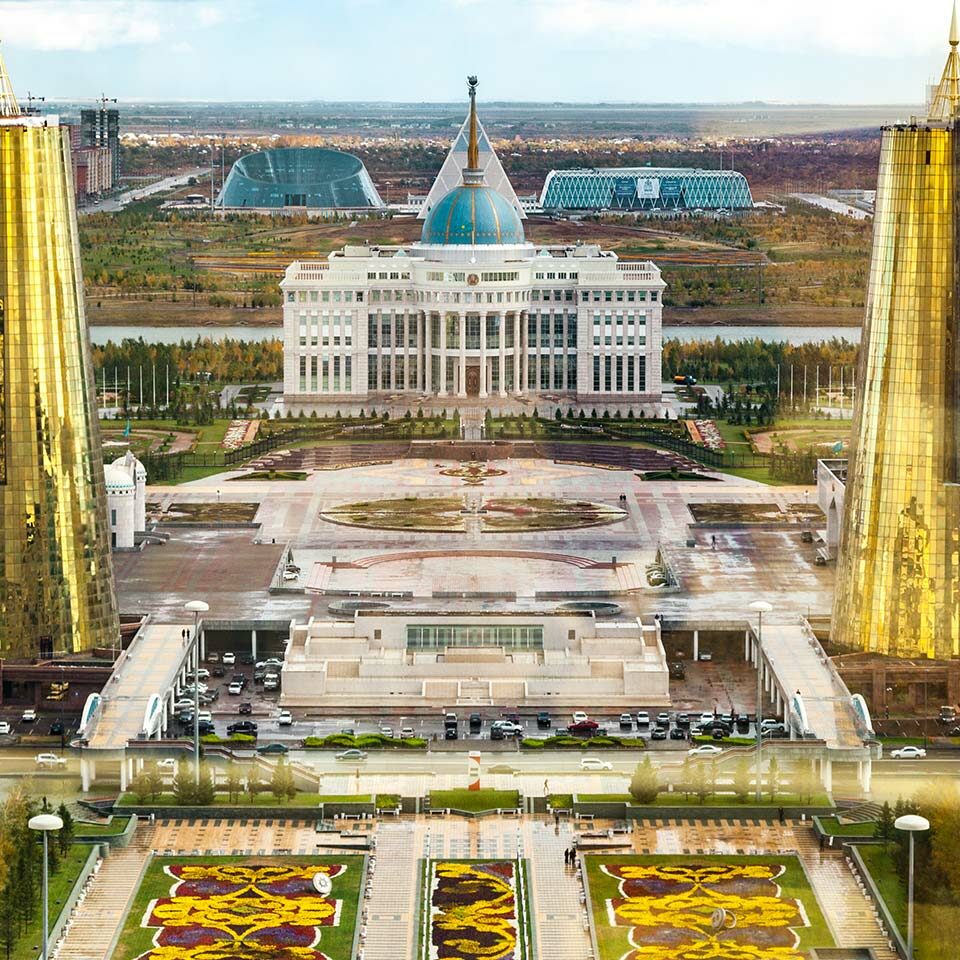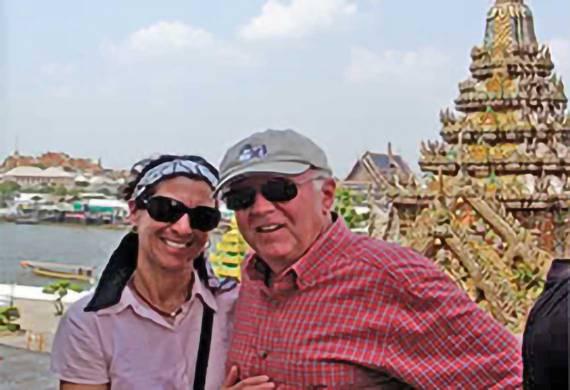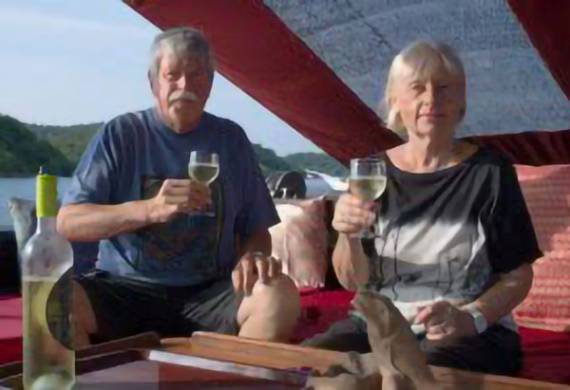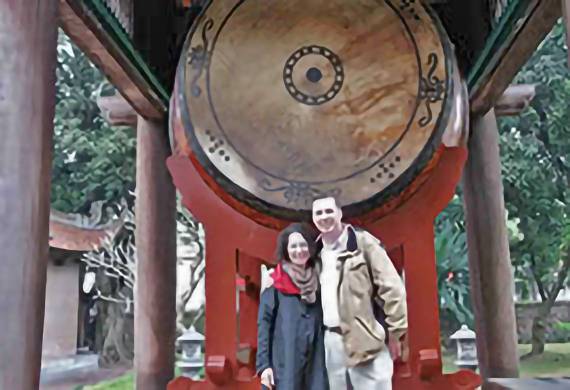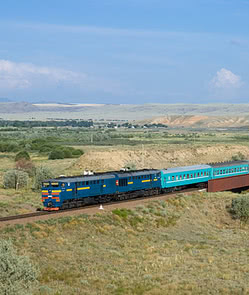
Overnight Train
Kazakhstan’s expansive country is sparsely dotted with main cities that lie thousands of miles away from one another. One of the best ways to traverse the terrain, glimpse its rural landscapes, and meet its local people is by train, which connects all cities and smaller places. Longer routes feature high-quality trains that have a restaurant and bar wagon attached. They offer standard 2-4 berth cabins, as well as upper level business class and grand cabins with ensuite toilet and shower. Sheets, pillows and blankets are provided for overnight journeys.
